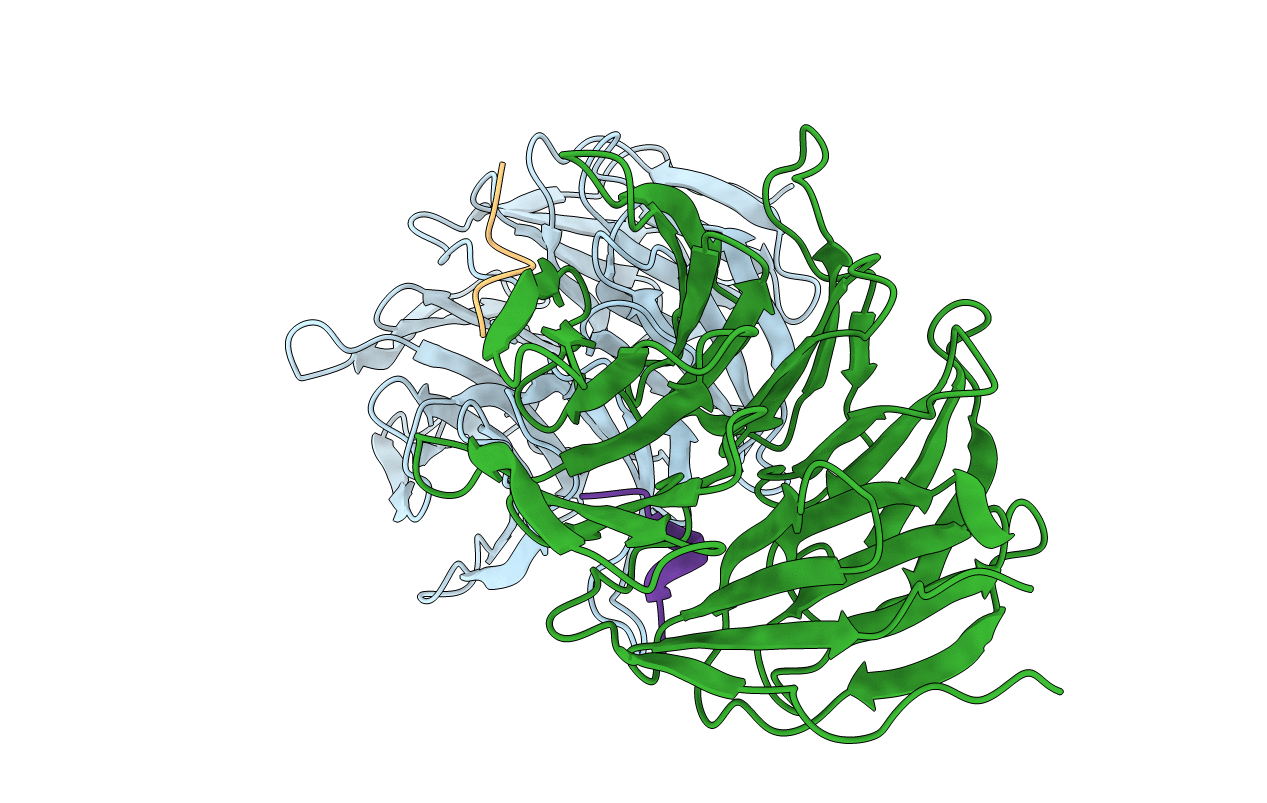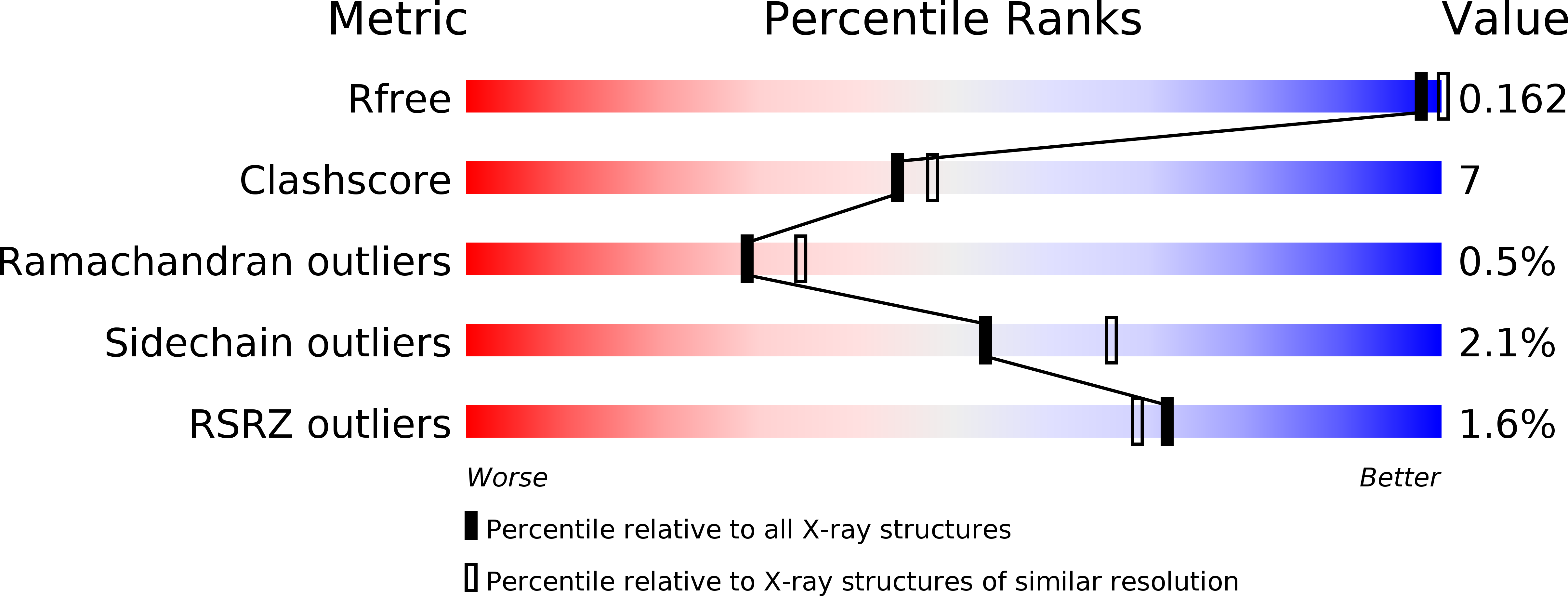
Deposition Date
2012-08-06
Release Date
2012-11-07
Last Version Date
2024-02-28
Entry Detail
PDB ID:
4GGD
Keywords:
Title:
Structural analysis of human Cdc20 supports multisite degron recognition by APC/C.
Biological Source:
Source Organism:
Homo sapiens (Taxon ID: 9606)
Host Organism:
Method Details:
Experimental Method:
Resolution:
2.44 Å
R-Value Free:
0.20
R-Value Work:
0.15
R-Value Observed:
0.15
Space Group:
P 1 21 1


